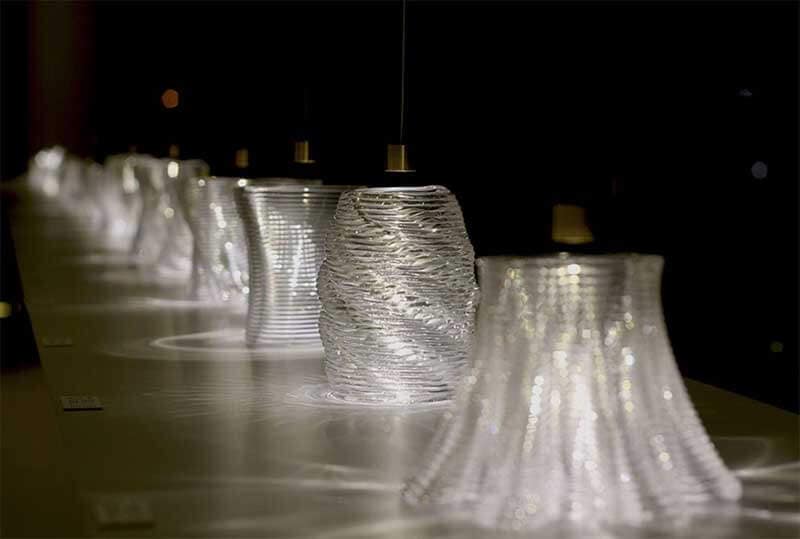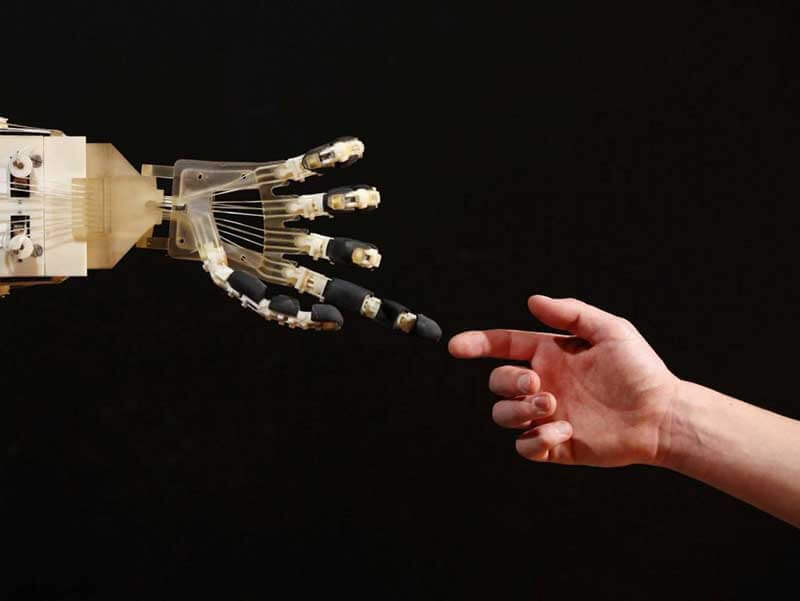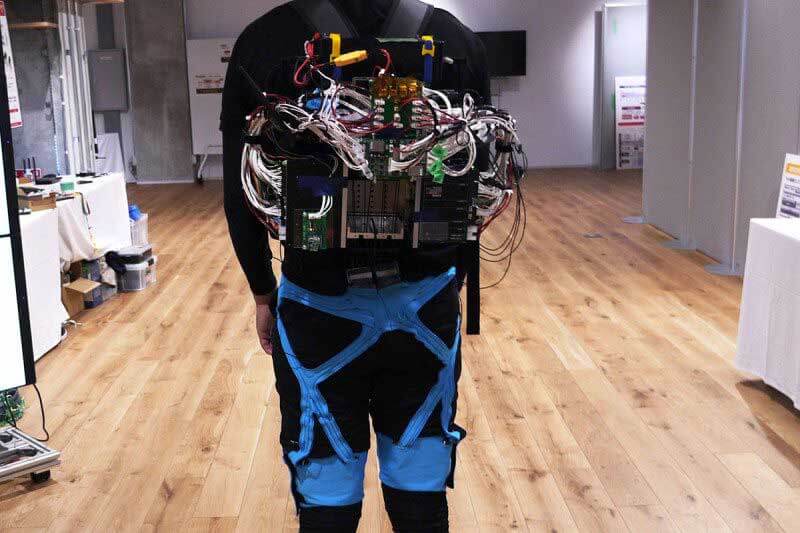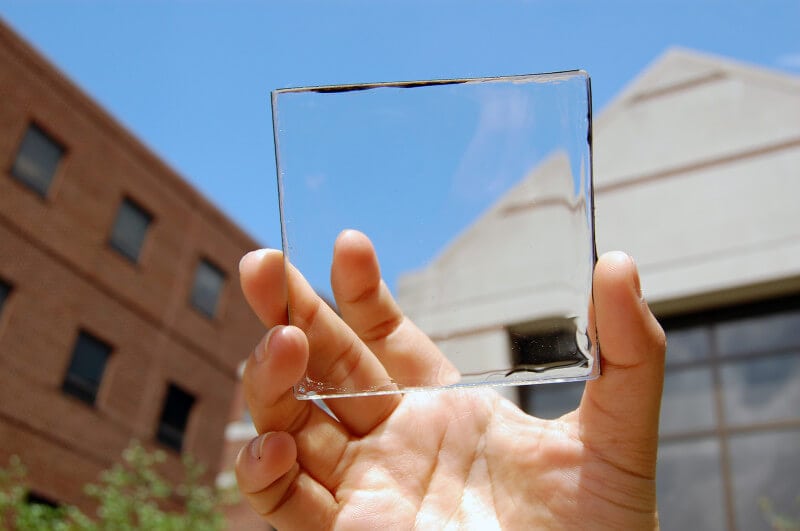- Discovering how nanoparticles behave leads to new ways of leveraging nanotech
- 3D-printed transparent glass upgrades optics
- Artificial intelligence can now teach itself
- New camera can see right through you
- Flexible skin can make robots feel the world around them
- No more walking strictly in a straight line – this exoskeleton lets you turn
- New air conditioning system reflects 97 per cent of sunlight
- Transparent solar cells help you harness more solar power
- Your workout clothes can now literally work for you
- Facial recognition technology makes paying easier than ever
Not a day goes by that we don’t hear about a breakthrough that’ll change the world as we know it. Technology evolves before our eyes, and we’re always only a breakthrough away from discovering something that’ll truly change our lives. For instance, we used to think that fossil fuels were a great power source, but today we know that we were wrong, and we needed scientific breakthroughs to be able to completely switch to renewable power sources. Now, we can even turn our homes into mini ‘power plants’ by simply installing solar panels on the roof, and a battery to store the energy. But tomorrow, that system will be replaced by one superior to it in every aspect. Technology is always improving, and here’s ten amazing new innovations you should know about.
Free trendservice
1. Discovering how nanoparticles behave leads to new ways of leveraging nanotech
One of the hottest topics these days is climate change. The discussion usually revolves around carbon emissions and new ways to mitigate their negative effects. We’re constantly exploring new, clean sources of energy, and some forward-thinking companies are interested in developing and implementing a hydrogen-based economy where the ultimate energy source has the smallest carbon footprint. Svetlana Alekseeva and Christoph Langhammer, from the Chalmers University of Technology in Sweden, together with researchers from the Technical University of Denmark, have discovered a method that shows how different palladium nanoparticles behave when they come into contact with hydrogen under different circumstances. This is essential to improving hydrogen detectors which could play a major role in the development of hydrogen-run cars. Also, knowing that hydrogen technologies involve “applications of palladium-based nanomaterials”, what these researchers have accomplished may be crucial for the future of a hydrogen-based economy. And knowing how nanoparticles behave can help us design better and safer nanomaterials.

2. 3D-printed transparent glass upgrades optics
Additive manufacturing is certainly not a novelty, but scientists and researchers continue to find new and exciting uses for it. For instance, researchers from the Lawrence Livermore National Laboratory (LLNL) have shown it’s possible to 3D print transparent glass. Their method is superior to others because it doesn’t require high temperatures – which often cause opacity and lower the quality of the glass. They print silica particles at room temperature, which reduces the impurities present in high-temperature methods, while still keeping the glass strong. The 3D-printed glass is opaque, but it becomes completely transparent after a careful process of drying and heating. Du Nguyen, a materials engineer at LLNL, pointed out that, with the new method, “printed components would be easier and cheaper to finish”. This could be a game-changer in designing devices that incorporate optics, such as lasers.

3. Artificial intelligence can now teach itself
Even though we’re still not aware of the full extent of the consequences of AI research and development, the technology continues to evolve. Now, AI has reached a new level – it can teach itself without human help. Google’s AlphaGo, the first AI to beat a grandmaster at Go, has just met its match and it’s even greater than you think! There was an epic ‘battle’, in which two AIs came face to face – AlphaGo, and the new and improved AlphaGo Zero (AGZ). AlphaGo Zero won 100 to 0, but it’s not the result that wowed so many people – it’s the fact that AGZ taught itself to play the game in just three days with no help from humans. All AGZ needed were the rules, and it then played against itself over and over again until its strategy was perfect. AGZ didn’t need a Yoda-esque guru – it was its own master. That’s the very definition of epic!
4. New camera can see right through you
An instrument often used for medical diagnosis is an endoscope – a thin medical camera-fitted device that is inserted inside the body to provide detailed images. So far it’s been a very useful tool, but to be able to confirm its location, doctors need to use x-rays. A recent breakthrough lead to a new, less invasive technique. Researchers from the University of Edinburgh in the UK developed a prototype endoscope fitted with a camera that can capture the light inside the body to provide precise data about the instrument’s position, eliminating the need for x-rays. “The ability to see a device’s location is crucial for many applications in healthcare, as we move forward with minimally invasive approaches to treating disease,” says Kev Dhaliwal, the senior researcher.
5. Flexible skin can make robots feel the world around them
Robots can lift and move things, but they can’t ‘tell’ whether something is smooth or rough, fragile or solid. What if a robot could tell that your scarf is made of silk, or if a person with a prosthetic hand could feel when a pot handle is too hot? Engineers from the University of Washington and UCLA have developed synthetic skin that can make robots or wearers of prosthetic limbs actually feel the world around them. Fitted with sensors, the electronic skin can do anything human fingers can. It can feel textures and temperatures, and whether something is soft or sharp. This enables robots, or anyone with a prosthetic hand, to perform any type of task – from cooking to complex surgery.

6. No more walking strictly in a straight line – this exoskeleton lets you turn
Robotic exoskeletons have become indispensible in rehabilitation. They help paraplegics walk again – and that’s not a small thing. Even though ‘older’ exoskeletons have helped many recover after spinal injuries, they have one major flaw – they only let you walk in a straight line. Now, thanks to Stephen John and his colleagues at Panasonic Research in Japan, exoskeletons enable their wearers to turn their bodies as well. And being Spanx-like and lightweight, they’re comfortable, too. Being able to move and turn is extremely important for those recovering at home, bringing them a greater sense of freedom, control, and interaction with their surroundings.

7. New air conditioning system reflects 97 per cent of sunlight
A new air conditioning system developed by SkyCool Systems is nothing short of brilliant. Their cooling system is a mirror-like panel that bounces off 97 per cent of sunlight, and radiates heat into space. That way the system protects the surface behind the panel from overheating. They’ve shown that this could reduce energy usage in new buildings by no less than 70 per cent. But that’s not all. The researchers wanted to see what would happen if they placed pipes filled with water beneath the panels. Amazingly, the panels lowered the temperature of the liquid by 5 degrees Celsius. That means that this system could replace conventional condensers used in ACs, which take their toll on the environment. What’s more, their system can easily be incorporated into existing infrastructure. As proof-of-concept, they’ve managed to cut electricity demands in a 2-storey building in Las Vegas by 21 per cent, during the summer – an impressive accomplishment.

8. Transparent solar cells help you harness more solar power
Richard Lunt, an associate professor of chemical engineering and materials science at Michigan State University and his team, have developed a completely transparent solar ‘concentrator’ that can be placed on any surface. Just imagine covering all of your windows without disrupting the view! But the real magic are the organic molecules that can “pick up just the ultraviolet and the near-infrared wavelengths and then convert this energy into electricity”. Combined with existing solar units, this “could get us close to 100 percent of our demand if we also improve energy storage”.

9. Your workout clothes can now literally work for you
We’re not even aware of the ‘work’ that our favourite T-shirt goes through when we work out. Just think about the number of times it bends, stretches, and swirls. Scientists at the University of Massachusetts have now figured out a way to make your clothes work for you. They developed a fabric with metal-free electrodes placed between the layers – without changing the look and feel of the material. This means that we might soon be able to charge our phone or monitor your heart rate, just by walking or running, harnessing the power of our own body. “This is a huge leap for consumer products, if you don’t have to convince people to wear something different than what they are already wearing,” said Trisha Andrew, a professor at the University of Massachusetts.

10. Facial recognition technology makes paying easier than ever
Facial recognition technology has come a long way from being the buzziest word in the tech world to a common one, slowly penetrating every sphere of our daily lives. It’s included in security systems, and now you can rest assured that only you can unlock your phone – precisely because of facial recognition tech. Of course, not every smartphone has this feature yet, but that’s only a matter of time. Baidu, a company that operates China’s most popular search engine, is working on a system where people can pick up their train tickets just by showing their face. This is just one of the possibilities. Imagine entering a nearby coffee shop that greets you by name, and where its system simply scans your face, recognises your identity, and automatically deducts the payment for your latte from your account. That is the future. And that future is happening now.

Share via:


